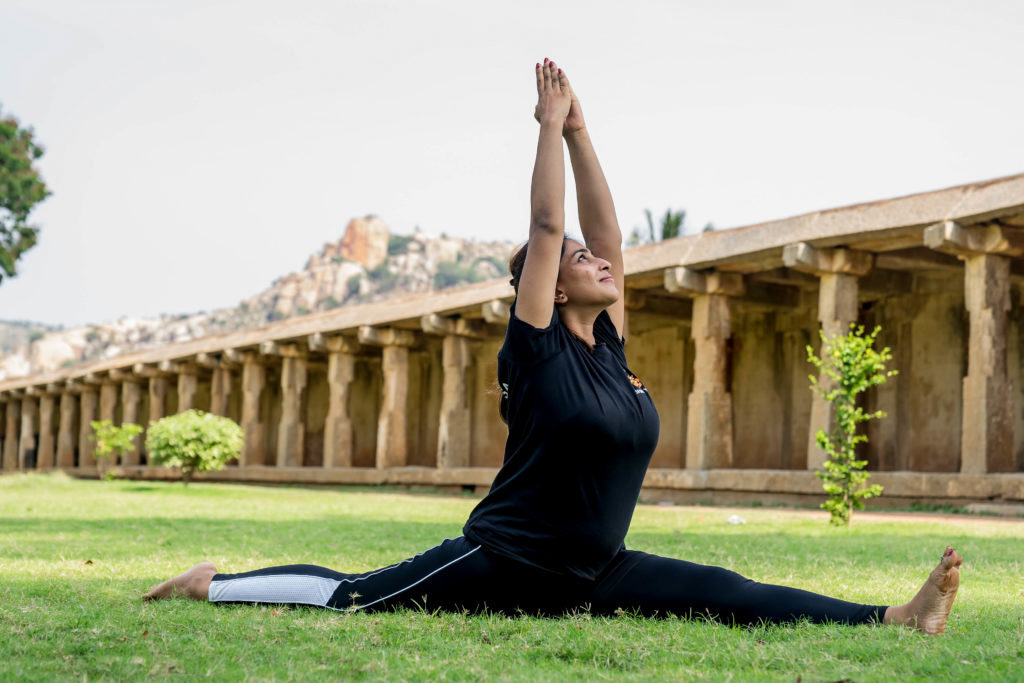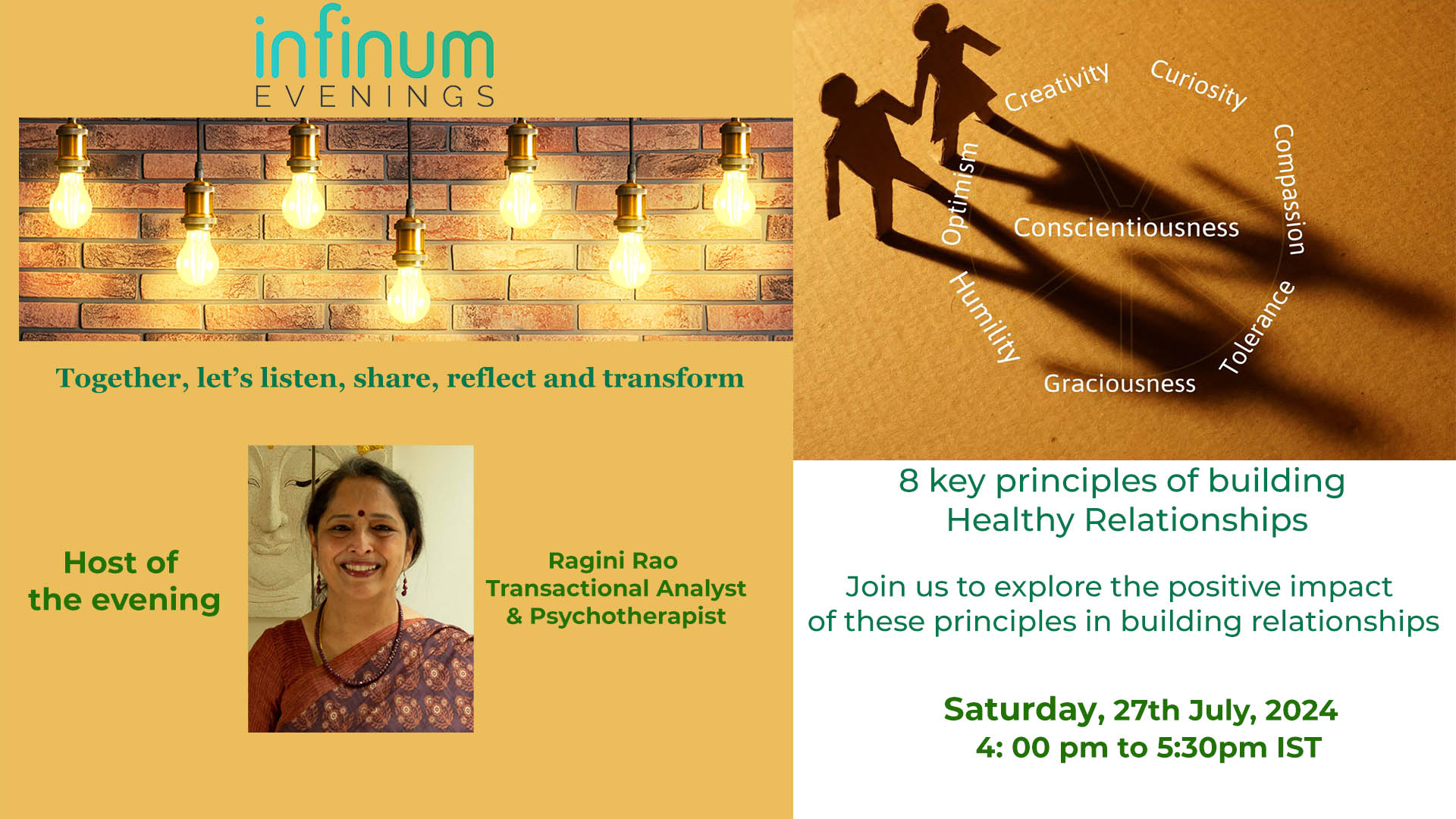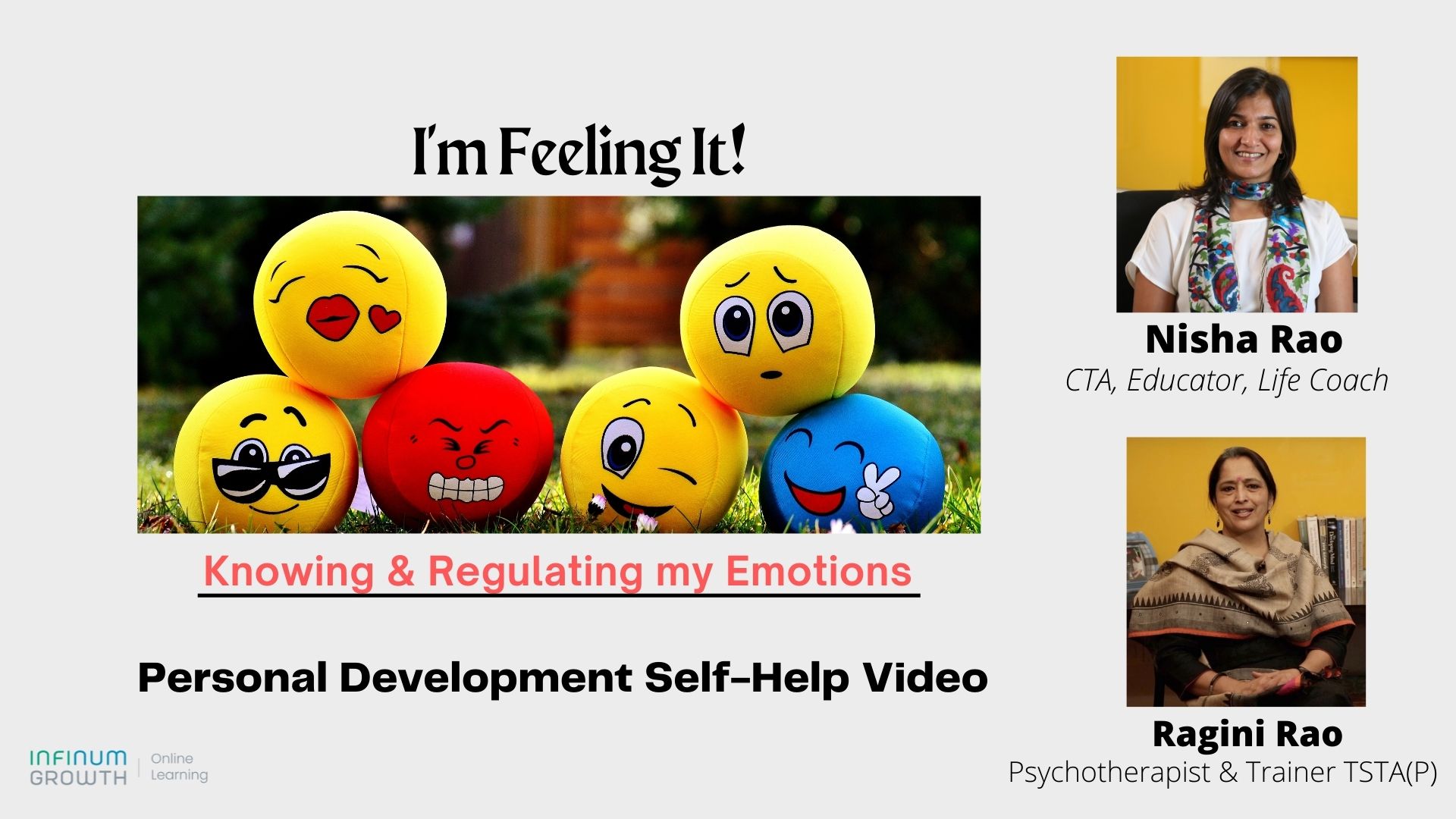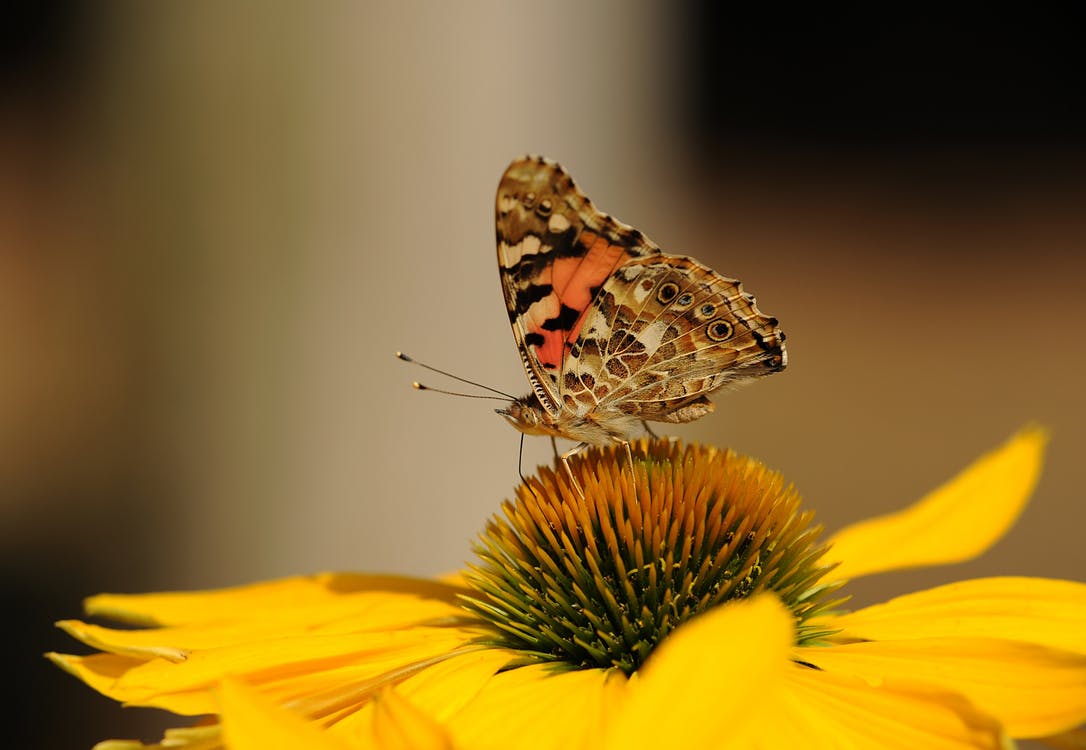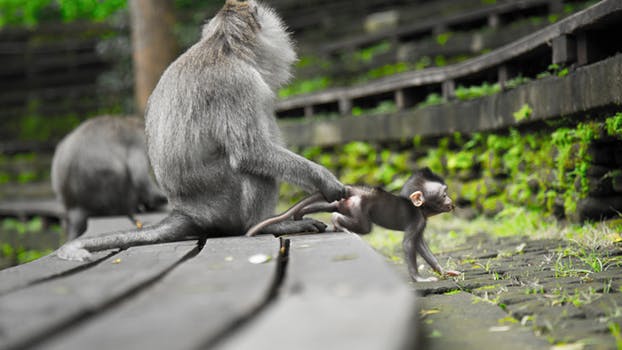In today’s world where technology is accelerating all of life’s activities, multitasking has become the need. We wake up with the alarm on our phones and start checking messages; drive down to work, while attending calls on the phone; come back home, have dinner while watching the TV and also supervising our kids!
In this rush to accomplish various tasks we are losing out on the delicate connection with the present moment. We are simply not aware of what we are doing and how we are feeling in the moment. What we are missing out is Mindfulness.
Mindfulness and why it is important
Mindfulness, simply defined, is “Awareness of now”; the present moment. It is the quality or state of being conscious and being aware of the present. A mental state achieved by focusing one’s awareness on the present moment, while calmly acknowledging and accepting one’s feelings, thoughts and bodily sensations.
Why should we even consider practising mindfulness?
First let’s get into the facts and benefits from a scientific perspective.Research has shown that when we incorporate mindfulness practice into our day-to-day activities, it can help rewire or reshape our brain and improve the quality of our life’s experiences. Three very important components of the brain get impacted and benefited by Mindfulness.
- The amygdala detects and reacts to perceived threats and fear. It is less activated and shrinks following mindfulness training.
- The hippocampus is critical to learning and memory. It is more active and dense following mindfulness training. It helps regulate the amygdala.
- The prefrontal cortex plays a big role in regulating our emotions and behaviours. It is that part of the brain most associated with maturity; including regulating emotions, behaviour and making wise decisions. It is more activated following mindfulness training.
Reference https://www.mindfulschools.org/about-mindfulness/research/
Mindfulness and Yoga
Yoga enables Mindfulness. In fact, yoga without mindful awareness cannot be yoga! It is the combination of Yogic exercises done with mindful awareness, that enable us achieve a higher level of awareness, connection and union; between the mind, body and spirit. Yoga, by developing mindfulness, aims to quieten the mind, in order to cultivate the deeper connection to and understanding of the self.
Awareness of Mindfulness comes from ancient times
Mindfulness has been a part of practices in Vedic traditions from time immemorial. It got a further impetus with Buddhism. Mindfulness practice has deep roots in Buddhist tradition. More than 2,500 years ago, the Buddha asked his senior bhikshus, the monks with the responsibility of passing his teachings on to others, to train their students in the Four Foundations of Mindfulness.
Below are the four foundations of mindfulness :
- Mindfulness of Body – This is an awareness of the body as body.
- Mindfulness of Feelings – This is an awareness of the feeling in the feelings as they really are.
- Mindfulness of Mind – This relates to the mindfulness of mental states.
- Mindfulness of Dharmas – In this foundation, we practice awareness of the inter-existence of all things. Begin to search within.
Reference https://www.learnreligions.com/the-four-foundations-of-mindfulness-450066
Mindfulness through Yoga Asanas & Meditation
In Yoga, the key is to move slowly, with awareness, into the desired pose and then hold oneself there; while focusing on one’s breathing. As we do so, the mind may tend to wander, the pose may tend to hurt; but bringing the awareness back to the breath and keeping the focus there and maintaining the pose for the desired time, helps practice the act of staying totally in the present. Thoughts may come and go, but the focus remains on what we are doing at the moment.
Soon, with practice it becomes a habit, which can then be carried to other aspects of daily life.
As a beginner, one can start the journey of mindfulness by incorporating the below practices in one’s daily routine. It just needs some time to be set aside for oneself.
1. Trataka Dhyana : This is done with the help of a candle. Sit in any comfortable position. Light a candle and keep it at an arm’s length, at your eye level. Stare at the tip of the candle flame for at least 2-3 minutes and then close your eyes. You will see an image of the candle flame moving up and down, coming forward and going backward.
The moment you cannot see the image any more with your eyes closed, open your eyes gently and again repeat the process. Do this 3-5 times. You can start this practice with 10 mins and take it up to 15-20 mins once you are comfortable.
Focussing is the key here. When you start this practice, you will be uncomfortable, as you may not be able to concentrate; or your mind would have been wandering. Do not worry and allow all thoughts to just be. Keep bringing your attention back to the practice consciously. Once you become regular in your practice, you will feel more relaxed and energized.
In yogic terms, this practice also helps in getting your Ajna Chakra stimulated.
2. Vrikshasana – This asana helps focus your mind while standing and balancing on one leg. In this asana, you may take the support of the wall initially. As you get comfortable, you can get away from the wall support.You can gaze at any single point to balance your posture. The moment you lose focus, you will also experience that you are unable to balance your pose well. If you lose balance, repeat the exercise. Start with 1 min of hold and then gradually increase the duration.
3. Pranayama – A simple practice in breathing. There are different ways. But in any way, it is important to do it in a relaxed manner. One way is to breathe in and out for the same duration each time. Another is to do one nostril at a time; alternating left and right. Breathe in slowly without forcing and exhale in a relaxing way; with the mind focussed just on the act of breathing. Count and do it ten times; in and out. Increase the count with practice and comfort.
4. Savasana – This is one of the very important asanas to practice, which helps in scanning the entire body. Bringing awareness of every part of the body. In this you surrender the full weight of your body to gravity. Just give all your awareness to your body parts, be it the smallest one. It can be your eyebrows, your ears, toes, abdomen, anything. Concentrate on that part which is not relaxed and instruct your mind to heal it. Consciously feel that the particular part of your body is healing. The moment your mind starts wandering, just bring back your attention and repeat the practice. Try to be in this pose for at least 2-5 mins and then gradually increase the duration.
5.Meditation is the training ground or play field for learning mindfulness. At first, we meditate to become familiar with the here and now for a limited period of time. Over time, however, regularly practicing mindfulness helps us develop the ability to be present throughout the day, every day.
Mindfulness impacts work and life
In my own experience, practising Mindfulness through Yoga has helped me immensely in my professional and personal life. Today, I am a lot more patient; have control over my emotions and know how to handle them. Mindfulness doesn’t eliminate stress or other difficulties; instead, by becoming aware of unpleasant thoughts and emotions that arise because of challenging situations, we have more choice in how to handle them in the moment; and, a better chance of reacting calmly and empathetically, when faced with stress or challenges.
Of course, practicing mindfulness does not mean we never get angry; rather, it allows us to be more thoughtful in how we want to respond, whether calmly and empathetically or occasionally, with measured anger.
Mindfulness should be practiced by people of all ages; and in all professions. The earlier in life it is learnt, the more its contribution to one’s personal happiness.
Please do leave your comments at the bottom and do share with others if you like this article.


